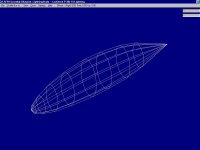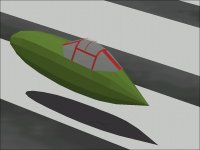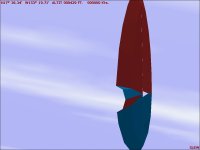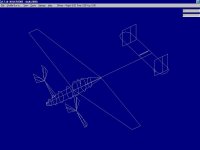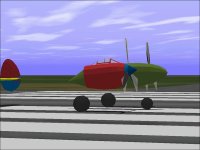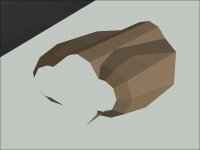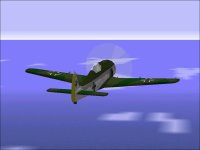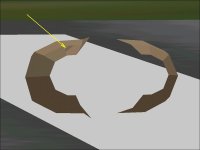Recently I had been looking over P-38 Lightning visual models and doing some reworking on an existing AFX by Eric Johnson. I had no intention of re-releasing his work but was using it as a "feasibility" study to experiment with techniques to kill the bleeds which are common to CFS Lightnings. The Lightning is an odd construction and had parts relationships which may require different assembly processes from other Aircraft Factory 99 models.
In doing this, I came across quite a lot of documentation and drawings of the P-38 in various (mostly J &L) models. In doing some quick calculations, it seems that even with my building methods, I MIGHT be able to complete a P-38J project within AF99 resource limits.
It will be close, so all I am calling this is a "Design Study". We shall see if this project ever gets to a releasable stage.
.....
I have always thought that the Nacelle on the P-38 Lightning was not really a pretty much symmetrical cross section from top to bottom but with a section removed ahead of the canopy.
Here are a couple screenshots that should explain my meaning.
In doing this, I came across quite a lot of documentation and drawings of the P-38 in various (mostly J &L) models. In doing some quick calculations, it seems that even with my building methods, I MIGHT be able to complete a P-38J project within AF99 resource limits.
It will be close, so all I am calling this is a "Design Study". We shall see if this project ever gets to a releasable stage.
.....
I have always thought that the Nacelle on the P-38 Lightning was not really a pretty much symmetrical cross section from top to bottom but with a section removed ahead of the canopy.
Here are a couple screenshots that should explain my meaning.

